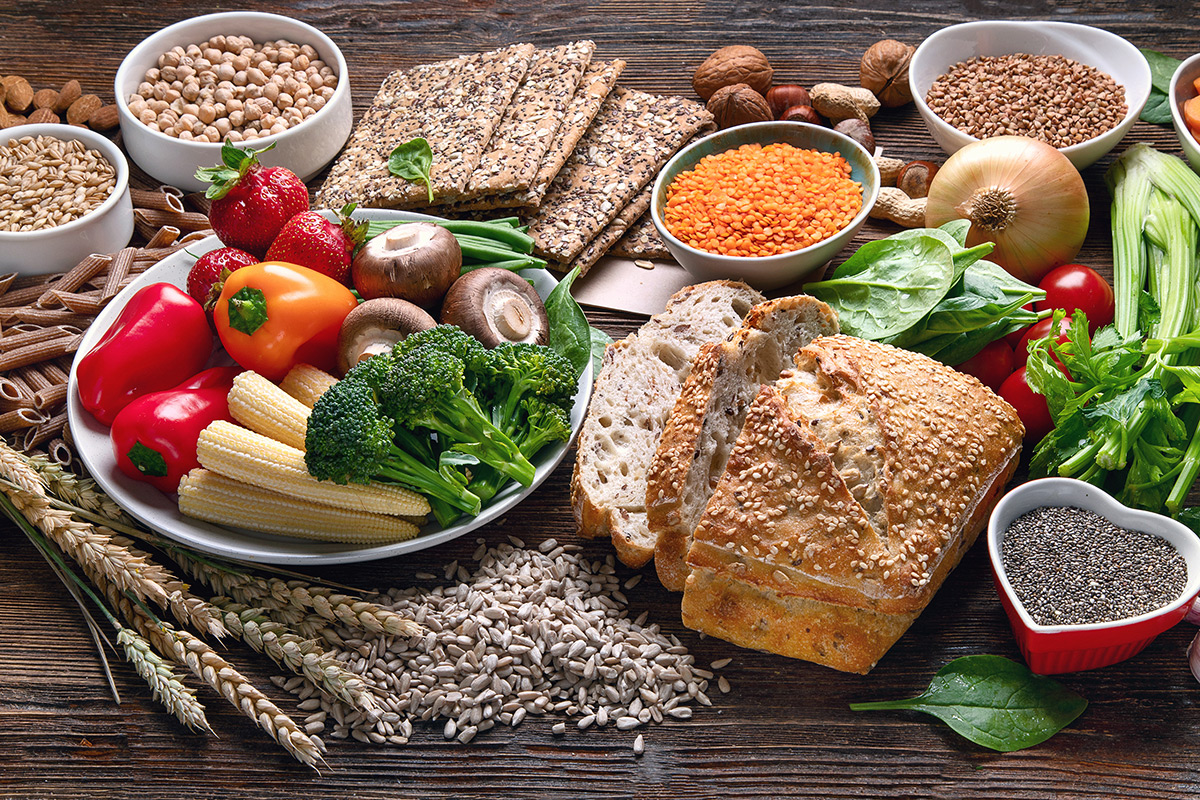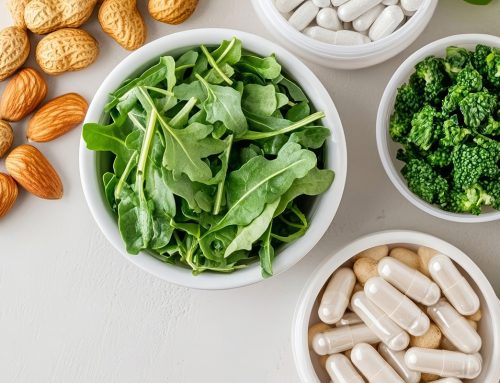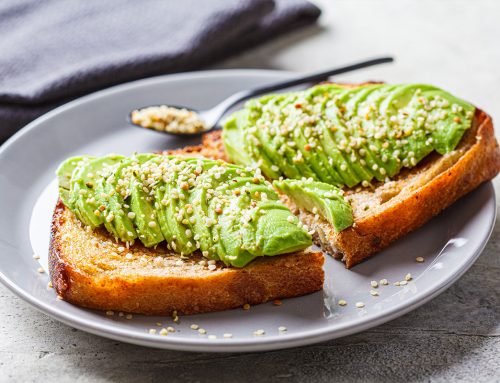Just as bones form the skeletons of animals, fiber is the “skeleton” of plants. Found exclusively in plants, fiber is a type of carbohydrate that your body cannot digest. It plays a crucial role in keeping your digestive system healthy, maintaining your weight, and stabilizing your blood sugar levels. Fiber comes in two main types: soluble and insoluble, both of which are essential for stabilizing blood sugar.
Soluble Fiber
Soluble fiber dissolves in water and forms a sticky, gel-like mass. This gel slows down the absorption of sugar into your bloodstream, preventing spikes in blood sugar levels. This prevention of blood sugar spikes is how soluble fiber helps manage diabetes and maintain steady energy levels throughout the day. Additionally, the gel-like mass grabs on to the bad cholesterol in the intestines, which prevents the reabsorption of the cholesterol back into the bloodstream. This means that increasing soluble fiber is better for both diabetes and heart health!
Insoluble Fiber
Insoluble fiber does not dissolve in water. Instead, it acts like a broom, helping move food through your digestive system efficiently. This type of fiber adds bulk to your stool, which helps keep you regular and reduces constipation. By promoting a healthy digestive system, insoluble fiber indirectly supports stable blood sugar levels by ensuring that your body processes food at a consistent rate.
Fiber Supplements
Fiber supplements like psyllium husk, chicory root, methylcellulose, and inulin aid digestion by absorbing water and adding bulk to your stool. This helps prevent constipation and keep your bowel movements regular. These ingredients can be found in traditional powdered supplements that you would place into beverages. They are also found in protein bars, fiber bars, granola bars, or even cookies as an attempt to make food “healthier”! Although it may seem convenient to get your fiber from these, they are not as beneficial for blood sugar control. While fiber supplements can be a great short-term tool for bowel habits, whole foods filled with fiber are better for both bowel habits and blood sugar control. Click here to learn more!
How Much Fiber Do You Need?
The amount of dietary fiber you need varies depending on your age and gender, but it’s generally recommended to aim for about 25 to 30 grams daily. Ideally, this should be evenly spread across your meals to optimize blood sugar response. There’s no one-size-fits-all approach to getting your fiber each day, but aiming for 30 grams might look like a combination of different foods like these:
- 10 grams of fiber per meal: Examples include 2/3 cup of lentils, black beans, or split peas, 1 medium avocado, or 1 cup of frozen raspberries.
- 7 grams of fiber per meal with a 9-gram fiber snack: Examples include 2 tablespoons of chia seeds, 1 medium artichoke, 1 cup cooked barley or teff, 1/2 cup cooked chickpeas, or 4 dried figs.
- 5 grams of fiber per meal with two 7-gram fiber snacks: Examples include 1 cup of cooked oats, 1/4 cup of almonds, or 1 cup of cooked broccoli.
Eating a plant-rich diet, full of vegetables, fruits, whole grains, seeds, nuts, and beans, ensures you get enough fiber. Including a variety of these fiber-rich foods will help you achieve a balanced intake of both soluble and insoluble fiber, supporting stable blood sugar levels and overall health.
Sending Health Your Way!
The Tula Clinical Team
Austin MS, RDN, CSR, LDN, CD
Aubree RN, BSN
Tula Takeaways |
|---|
| 1. Sneak in Fiber: Add extra fiber to meals and snacks you already enjoy. Try adding veggies or fruit to smoothies, incorporating zucchini into baked goods, mixing riced cauliflower with rice, or tossing quinoa into salads or soups. |
| 2. Add Nuts and Seeds: When looking to boost breakfast or other meals, sprinkle in pepitas or chia seeds. They add fiber and help you feel fuller. While higher in calories, they’re a healthy addition; just keep portions to 1-2 tablespoons. |
| 3.Where to Start: If you’re currently far from 25g of fiber daily, aim to increase your intake by 2-3g per day over the course of a week. Be sure to stay hydrated, as increasing fiber without enough fluids can lead to constipation. Click here to see what 25-30g fiber looks like each day. |
The LIVE TULA blog is informational and not medical advice. Always consult your doctor for health concerns. LIVE TULA doesn’t endorse specific tests, products, or procedures. Use the information at your own risk and check the last update date. Consult your healthcare provider for personalized advice.






